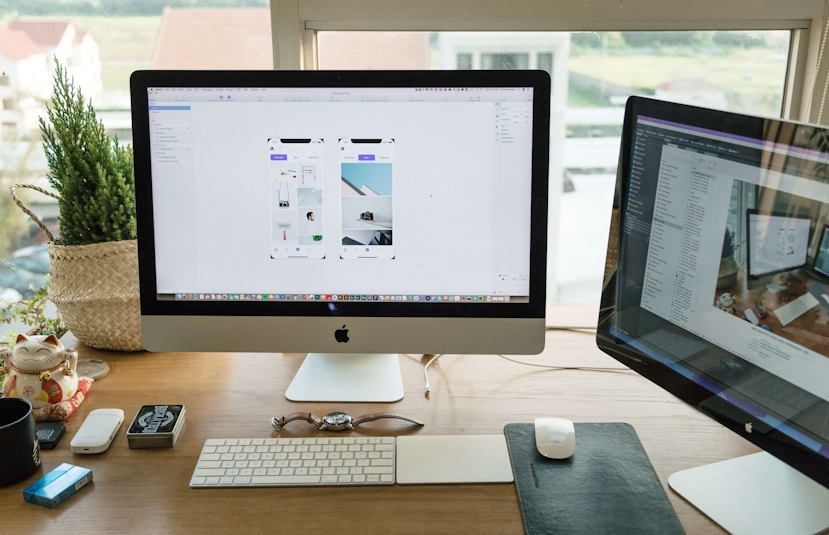Web Design Trends to Lookout for in 2020
Kris Nicolaou, November 5, 2019

Are you preparing your SEO for next year?
Yep, so are we.
But, if you really want to benefit from your SEO, why not consider looking at some 2020 web design trends.
Do you know what they are?
Are you sure?
What's Hot
Web design elements are nothing like they used to be. In fact, going forward, the best web design elements to use are the ones that offer an interactive experience. Web design elements need to be engaging enough to not only catch your web visitor's eye, but they also need to be intriguing enough to make that visitor want to engage with your website and ultimately lead them to your call to action, and actually, take action.
What's Not
What you don't want in your new web designs are too many fonts. You want a clean, easy on the eyes look. You want simple and nothing too complicated. Make it easy for your visitors to find what they need quickly and easily as soon as they land on any given page. No more parallax scrolling where the background images throughout your page move slower than the foreground images.
Here are some web design trends that are going to be hot in 2020.
Web Design Trends to Lookout for in 2020
- Minimal Design
Remove all web elements that distract your visitors from staying focused on your message. For example, use fewer elements. Incorporate easy to read fonts and simplify the navigation until it's so simple a 5-year old could use it.
- Adaptive Templates
As you know, most people use their mobile devices to access the internet. In fact, in 2018, 52.2 percent of all website traffic came from mobile devices. Therefore, your web templates should be responsive and able to adapt to any mobile device your visitor is using.
- Augmented Reality
Augmented reality creates an interactive experience that will pique your visitor's interest and immediately engage them. This will help build trust, create a good rapport, and keep visitors on your site longer, which, of course, is great for SEO. And, all this will make it easier for you to get your visitors to take the action you want them to take.
- Animation and Illustration
Animation is what the gaming industry uses to engage its users. Animation provides an element of fun and brings your website to life, not to mention creating another layer of visual engagement. Additionally, illustration is sometimes even more powerful than using the same old images people have already seen. Illustrations allow you to showcase a specific visual element of your web design. Using something different from everyone else is a surefire way to grab attention and keep it.
- Grid Layouts
Many of the most popular websites today use a grid layout for a cleaner, more streamlined user experience that makes it much easier to navigate.
- Chatbots
With artificial intelligence becoming more prevalent in our everyday lives, web users are more inclined to engage with your site if you include a live chatbot as part of your web design. This allows your visitors to ask basic questions and receive an immediate answer 24/7 without any human interaction. Due to AI, which gathers information over time, your chatbot could potentially be able to answer a visitor's questions more quickly and accurately than a human counterpart.
Other Popular Web Design Elements for 2020
- Background Video
- Video Content
- Color Optimization
- Sticky Elements
- Bold Typography
- Voice User Interface (VUI)
What's Next?
Would you like to get custom web design services? We can help. Contact Us today. Brain Box Labs can make your website design pop with all the latest and greatest design elements for 2020 and beyond.